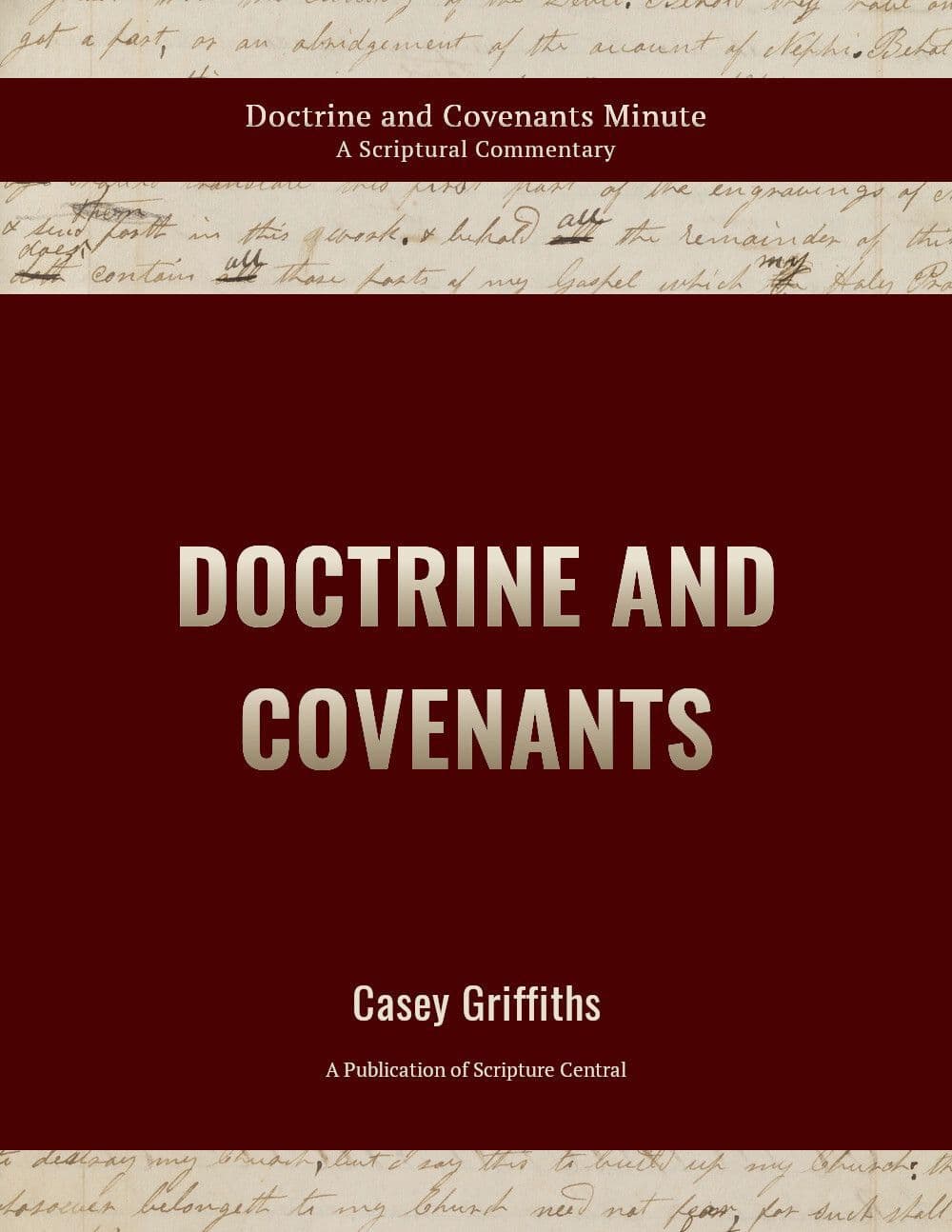Book
144 Chapters

Doctrine and Covenants 120 was one of five revelations given on Sunday, July 8, 1838.1 The revelation was another step in implementing the law of consecration and managing Church finances. At first, the responsibility to oversee Church finances was given to the bishops of the Church (D&C 42:31–34). However, from 1832 to 1834 the United Firm oversaw the management of Church assets.2 After 1834 the high councils established in Ohio and Missouri became part of managing Church finances,3 but this arrangement led to some contention among the Missouri high council when William W. Phelps and John Whitmer, members of the Missouri stake presidency, acted without the consent of high council members.4 In Doctrine and Covenants 120, the Lord organized a new council—consisting of the First Presidency, the Presiding Bishopric in Zion, and the Zion high council—for managing the financial affairs of the Church. This council was to act under the direction of the Lord (D&C 120:1).
The new council first met several weeks later on July 26, 1838. The minutes of the meeting record, “This day the first presidency, High Council, & Bishops Court, met to take into consideration, the disposing of the public properties in the hands of the Bishop, in Zion, for the people of Zion have commenced liberally to consecrate agreeably to the revelations, and commandments of the Great I am of their surplus properties &c.”5
See “Historical Introduction,” Revelation, 8 July 1838–D[D&C 120].
1 Verily, thus saith the Lord, the time is now come, that it shall be disposed of by a council, composed of the First Presidency of my Church, and of the bishop and his council, and by my high council; and by mine own voice unto them, saith the Lord. Even so. Amen.
Doctrine and Covenants 120 established the Council on the Disposition of the Tithes. This council is referenced once a year in April general conference during the report of the Church Auditing Department. Following the direction given in the revelation, the council consists of the First Presidency, the Presiding Bishopric (“the bishop and his council”), and the Quorum of the Twelve Apostles (“my high council”).
Elder David A. Bednar shared his experience with serving as a member of this council: The basic financial program of The Church of Jesus Christ of Latter-day Saints—for both income and disbursement—is defined in sections 119 and 120 of the Doctrine and Covenants . . . I marvel at the clarity and brevity of these two revelations in comparison to the complicated financial guidelines and administrative procedures used in so many organizations and governments around the world. How can the temporal affairs of an organization as large as the restored Church of Jesus Christ possibly operate throughout the entire world using such succinct instructions? To me the answer is quite straightforward: this is the Lord’s work, He is able to do His own work and the Savior inspires and directs His servants as they apply His directions and labor in His cause.6
In addition to the principles found in Doctrine and Covenants 119 and 120, Elder Bednar pointed out two more “basic and fixed principles” observed by the council: “First, the Church lives within its means and does not spend more than it receives. Second, a portion of the annual income is set aside as a reserve for contingencies and unanticipated needs. For decades the Church has taught its membership the principle of setting aside additional food, fuel, and money to take care of emergencies that might arise. The Church as an institution simply follows the same principles that are taught repeatedly to the members.”7 In 2013 Elder Bednar observed, “I have now participated in the Council on the Disposition of the Tithes for many years. My gratitude and reverence for the Lord’s pattern has grown each year, and the lessons learned have become even more profound.”8
Book
144 Chapters
Items in the BMC Archive are made publicly available for non-commercial, private use. Inclusion within the BMC Archive does not imply endorsement. Items do not represent the official views of The Church of Jesus Christ of Latter-day Saints or of Book of Mormon Central.